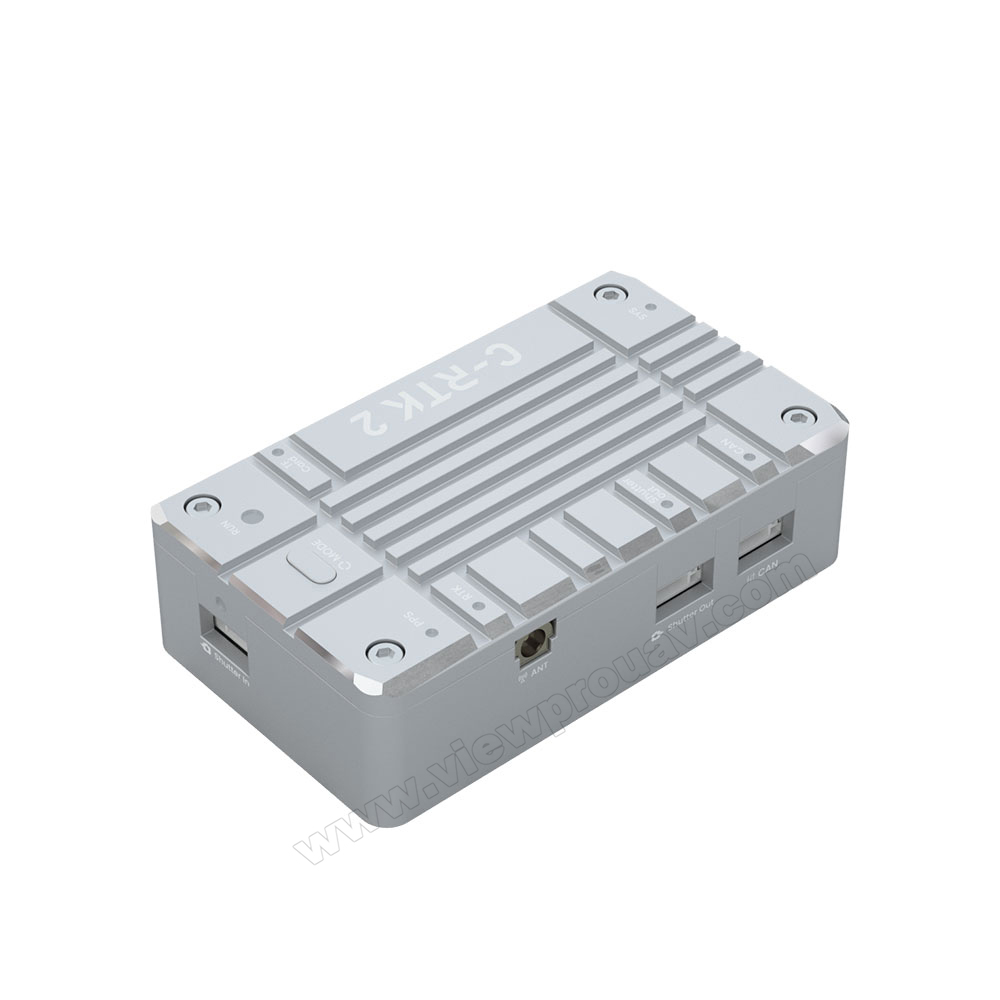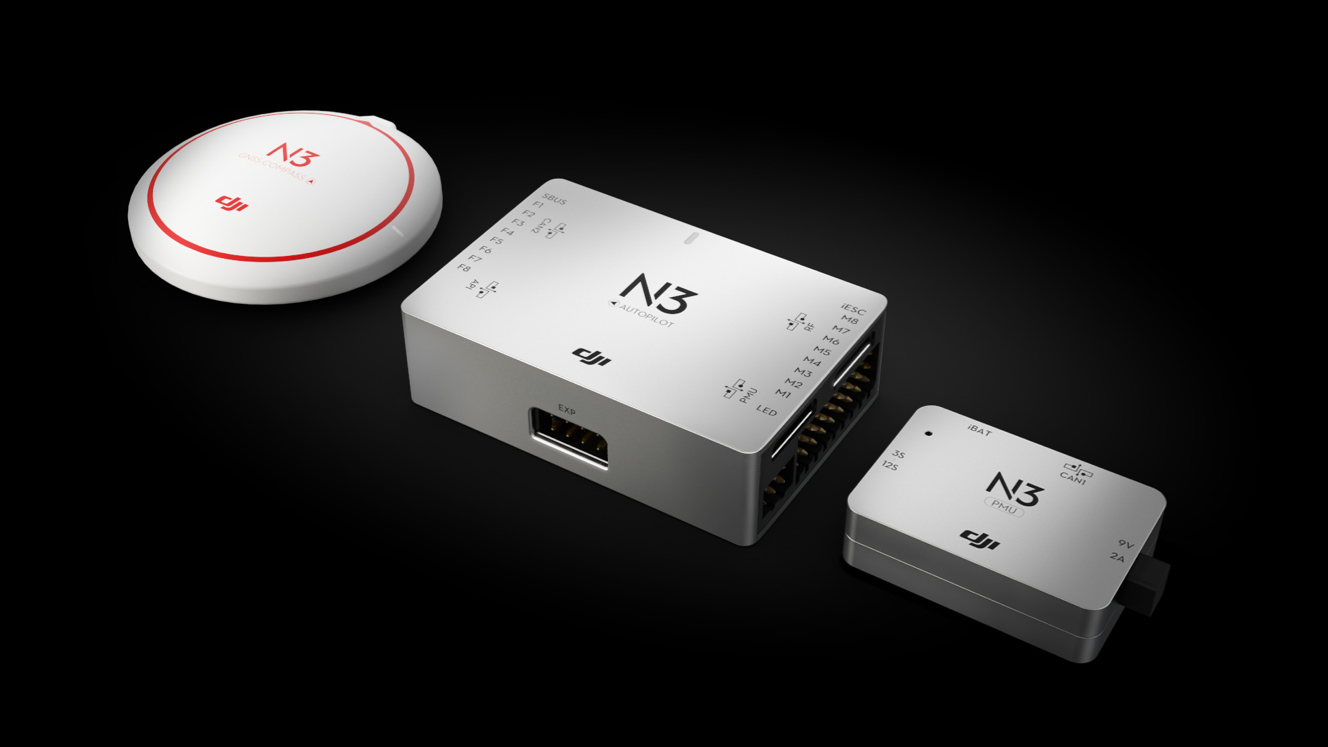Understanding the Crucial Functions and Features of a Drone Trip Controller for Optimum Aerial Efficiency
The trip controller offers as the critical part in a drone's architecture, coordinating its movements and making sure stability with an innovative interaction of sensing units and information processing. Comprehending the crucial functions and features of these controllers is vital for making the most of airborne efficiency, as they dictate not only navigational precision however also general safety and security and reliability. With developments in modern technology, the landscape of trip controllers is swiftly developing, motivating a closer assessment of what truly defines ideal capability in this critical system. What effects do these developments hold for both fanatics and specialists in the area?
Summary of Flight Controllers
When discovering the world of drone technology, recognizing flight controllers is necessary for both specialists and hobbyists alike. Flight controllers serve as the mind of the drone, coordinating its activities and making sure stability throughout trip (SparkNavi drone flight controller and GNSS/INS made in taiwan). They process information from different sensing units, consisting of accelerometers, gyroscopes, and measures, to maintain equilibrium and reply to pilot inputs efficiently
The style of flight controllers can vary dramatically, varying from fundamental variations developed for entry-level drones to innovative systems equipped with sophisticated attributes for professional applications. The combination of GPS capabilities enables specific navigating and positioning, while programmable firmware allows customers to personalize trip qualities to fit their specific needs.
In addition, flight controllers are critical in promoting communication between the drone and the remote, making it possible for real-time adjustments and telemetry information transmission. Recognizing the various kinds of trip controllers, consisting of multi-rotor, fixed-wing, and hybrid systems, is important for selecting the proper model for a provided application. Eventually, a thorough understanding of trip controllers not just improves the flying experience however also makes best use of the performance and safety of drone operations.
Trick Functions of Flight Controllers
Flight controllers play a critical function in handling a drone's flight characteristics by performing a number of crucial features that make sure security and responsiveness. Among the key features is the stablizing of the drone's alignment and elevation. This is attained via the integration of different sensing units, consisting of barometers, gyroscopes, and accelerometers, which constantly keep an eye on the drone's setting and motion.
.jpg)
An additional important function is the handling of control inputs from the pilot or independent systems. The trip controller analyzes these inputs and adjusts the drone's motor rates as necessary to accomplish the preferred flight path. This includes managing yaw, roll, and pitch, which are important for ability to move.
In addition, trip controllers are outfitted with fail-safe systems. These features are created to react to important circumstances, such as reduced battery degrees or loss of signal, by initiating predefined actions like returning to the launch factor or hovering in position.

Crucial Features to Consider
When picking a drone trip controller to make certain optimum performance and reliability,Many essential attributes should be taken into account. One crucial aspect is the controller's handling power, which establishes its capacity to manage complicated flight formulas and real-time information processing. A greater handling ability enhances responsiveness and stability throughout trip.
One more essential feature is the variety of sustained flight modes. A flexible flight controller must use different modes, consisting of acro, elevation hold, and GPS-assisted modes, providing to various pilot skill levels and functional circumstances. Additionally, the existence of integrated security features, such as fail-safes and geofencing, can considerably boost operational safety and security.
Compatibility with numerous communication procedures is additionally essential, as it ensures smooth assimilation with other gadgets and peripherals, such as remote controllers and telemetry systems. The controller's firmware should be easy to check out this site use and consistently my link updated to integrate new functions and optimizations.
Integration With Sensing Units and Systems
A trip controller's efficiency is heavily affected by its ability to integrate with different sensors and systems. This combination is important as it allows the trip controller to obtain real-time information essential for effective flight monitoring. Key sensors include GPS, inertial measurement systems (IMUs), barometers, and magnetometers, each offering essential information regarding the drone's altitude, orientation, and position.

Furthermore, advanced trip controllers support combination with haul systems, including cameras and various other sensors, enabling enhanced functionalities such as autonomous navigating and barrier evasion. This interconnectedness not only enhances the drone's functional capabilities but additionally increases its application prospective across different industries, from aerial photography to farming monitoring. Therefore, a well-integrated flight controller is basic for accomplishing optimal airborne performance and ensuring the integrity of drone operations.
Tips for Optimizing Performance
To optimize the performance of your drone, numerous crucial strategies can be used that focus on maximizing both equipment and software elements. Guarantee that the trip controller firmware is up to day.
Proper calibration minimizes drift and boosts flight stability, especially during facility maneuvers. Top quality props can decrease drag and boost flight time.
Moreover, enhance your drone's weight by lessening unnecessary hauls. A lighter drone not only does better however also prolongs battery life. Finally, fine-tune your trip setups, including view PID (Symmetrical, Essential, Derivative) worths, to achieve receptive and smooth handling. By applying these methods, drone drivers can significantly enhance aerial efficiency, bring about an extra pleasurable and efficient flying experience.
Conclusion
In conclusion, a comprehensive understanding of drone flight controllers is essential for improving airborne performance. By prioritizing these elements, drivers can dramatically boost the performance and reliability of their drone systems in diverse applications.
Trip controllers serve as the mind of the drone, managing its movements and guaranteeing stability during flight.Flight controllers play a critical duty in handling a drone's trip dynamics by implementing several essential features that make sure security and responsiveness. The flight controller translates these inputs and readjusts the drone's electric motor speeds as necessary to accomplish the desired trip path.Countless important attributes must be taken right into account when selecting a drone trip controller to ensure optimum performance and reliability. Thus, a well-integrated trip controller is essential for attaining optimum airborne performance and ensuring the reliability of drone procedures.